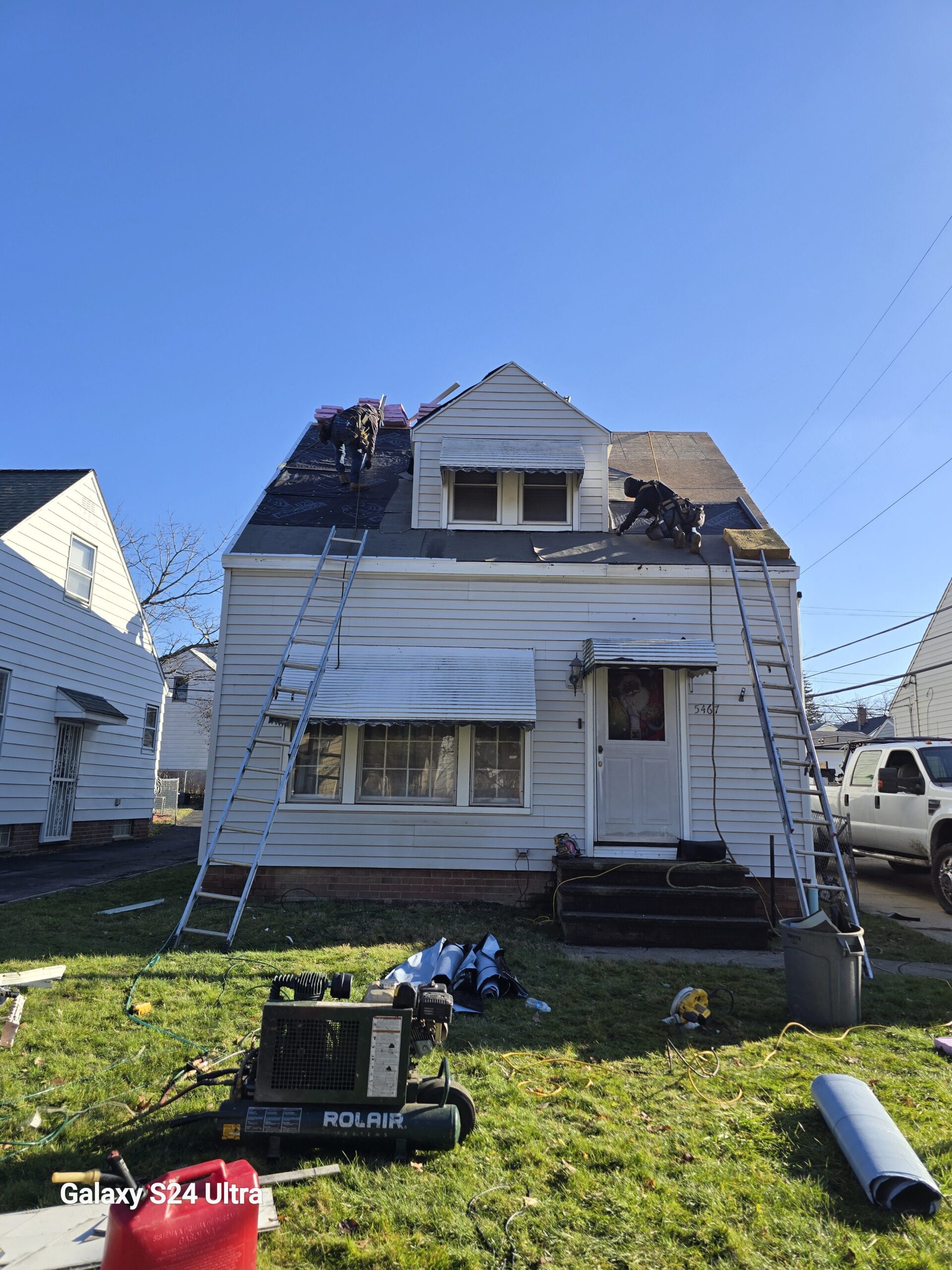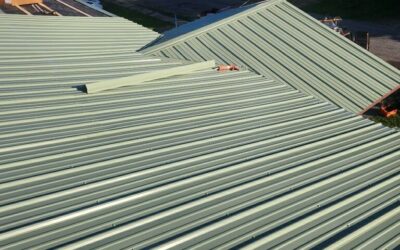Understanding Roof Anatomy: A Comprehensive Guide by S&K Construction and Remodeling LLC
A well-constructed roof is essential for protecting your home from the elements and ensuring its structural integrity. At S&K Construction and Remodeling LLC, we believe that informed homeowners make the best decisions about their properties. Understanding the various components of your roof can help you identify potential issues early and communicate effectively with roofing professionals.
1. Roof Structure
The foundation of any roof lies in its structural components, which provide shape and support:
- Rafters: These are the sloped beams extending from the ridge to the eaves, forming the backbone of the roof’s framework. Rafters support the roof deck and are crucial for maintaining the roof’s shape and stability.
- Trusses: Pre-fabricated, triangular wooden structures that provide support for the roof. Trusses distribute the roof’s weight evenly to the exterior walls, reducing the need for internal load-bearing walls.
- Decking (Sheathing): Typically made from plywood or oriented strand board (OSB), the decking covers the rafters or trusses, creating a solid surface for the roofing materials. It serves as the foundation for the underlayment and shingles.
2. Protective Layers
Several layers work together to shield your home from moisture and environmental damage:
- Underlayment: Installed directly on the decking, the underlayment acts as a moisture barrier, preventing water from seeping into the roof structure. Materials like asphalt-saturated felt or synthetic underlayment are commonly used.
- Ice and Water Shield: This self-adhering membrane is applied to vulnerable areas such as eaves, valleys, and around penetrations to prevent water infiltration caused by ice dams or wind-driven rain.
- Shingles: The outermost layer, shingles protect the underlying components from weather elements. Available in various materials like asphalt, wood, metal, or tile, shingles also contribute to the roof’s aesthetic appeal.
3. Roof Design Elements
Key design features enhance both the functionality and appearance of your roof:
- Ridge: The horizontal line at the top where two sloping roof planes meet. The ridge is often covered with ridge cap shingles to prevent water infiltration.
- Valley: The internal angle formed where two sloping roof sections intersect. Valleys are critical for directing water off the roof and require proper flashing to prevent leaks.
- Eaves: The lower edges of the roof that overhang the exterior walls. Eaves protect the walls from rain and provide shading.
- Soffit: Located beneath the eaves, the soffit covers the gap between the edge of the roof and the exterior wall. It often contains vents to facilitate attic ventilation.
- Fascia: The vertical finishing edge connected to the ends of the rafters or trusses. The fascia supports the lower edge of the roof and provides a mounting point for gutters.
4. Ventilation Components
Proper ventilation is vital for maintaining a healthy roof and attic environment:
- Ridge Vents: Installed along the ridge, these vents allow warm, moist air to escape from the attic, promoting airflow and reducing heat buildup.
- Soffit Vents: Located in the soffit area, these intake vents draw cool, fresh air into the attic, balancing the ventilation system.
5. Flashing
Flashing refers to thin pieces of material, usually metal, installed to prevent water penetration at joints or intersections:
- Chimney Flashing: Seals the gap between the chimney and the roof to prevent leaks.
- Valley Flashing: Installed in roof valleys to channel water off the roof and protect against leaks.
- Vent Pipe Flashing: Seals around pipes or vents that penetrate the roof, preventing water infiltration.
6. Drainage System
An effective drainage system ensures water is directed away from your home:
- Gutters: Channels attached along the eaves to collect and direct rainwater away from the foundation.
- Downspouts: Vertical pipes that carry water from the gutters to the ground level, directing it away from the home’s foundation.
Conclusion
Understanding the anatomy of your roof is crucial for its maintenance and longevity. Recognizing the function of each component helps in identifying potential issues and communicating effectively with roofing professionals. At S&K Construction and Remodeling LLC, we are committed to providing quality roofing services and ensuring our clients are well-informed about their roofing systems. If you have any questions or need assistance with your roof, don’t hesitate to reach out to us.



 (440) 307-2060
(440) 307-2060


